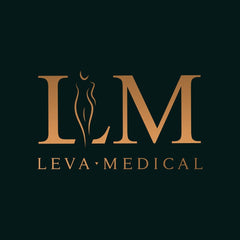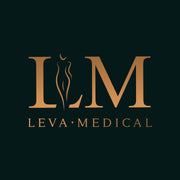Breast Reduction
Breast Reduction Surgery by Dr. Jean-Paul Leva
Breast reduction surgery, also known as reduction mammoplasty, is a cosmetic surgical procedure performed by our experienced surgeon, Dr. Jean-Paul Leva, that reduces the size and weight of the breasts. The procedure involves removing excess breast tissue, fat, and skin to achieve a more proportional and comfortable breast size.
The Leva Medical Approach
At Leva Medical, Dr. Leva and our team use the latest techniques to ensure that your breast reduction procedure is safe and effective. We customize the procedure to meet your specific needs and goals, ensuring that you achieve the look you prefer.
Consultation and Procedure
During your consultation, Dr. Leva will evaluate your breasts and review your photos. We will discuss your options for breast reduction. The procedure is typically performed on an outpatient basis under general anesthesia and takes about two to four hours to complete. Dr. Leva has spent years honing his skills and has performed numerous successful reductions. Every patient case is unique, and we provide a personalized approach to each one.
Post-operative Care
After the procedure, you will need to take proper care of your breasts to support the healing process. Minimal pain is occasionally part of the process, but we will provide you with detailed post-operative care instructions. It is recommended to avoid strenuous activity and heavy lifting for a few weeks.
Benefits of Breast Reduction
Breast reduction surgery can provide a range of benefits, including relief from back and neck pain, improved posture, and increased confidence. If you have a larger bust that causes discomfort or pain in the neck or abdomen, we encourage you to schedule a consultation with Dr. Jean-Paul Leva and our expert team to discuss your options and learn more about the procedure. We will guide you through the entire process and ensure that you have a comfortable and stress-free experience.






